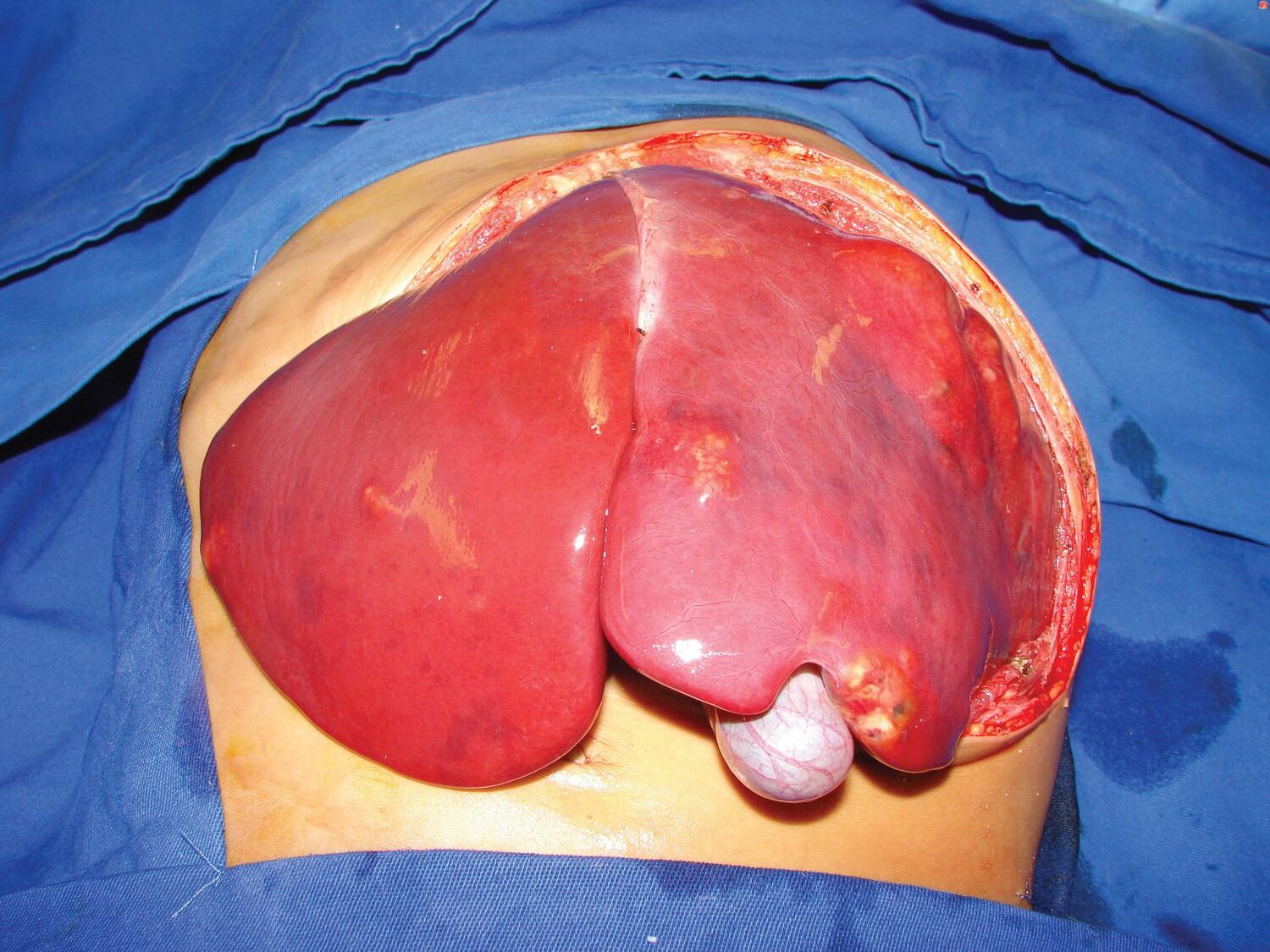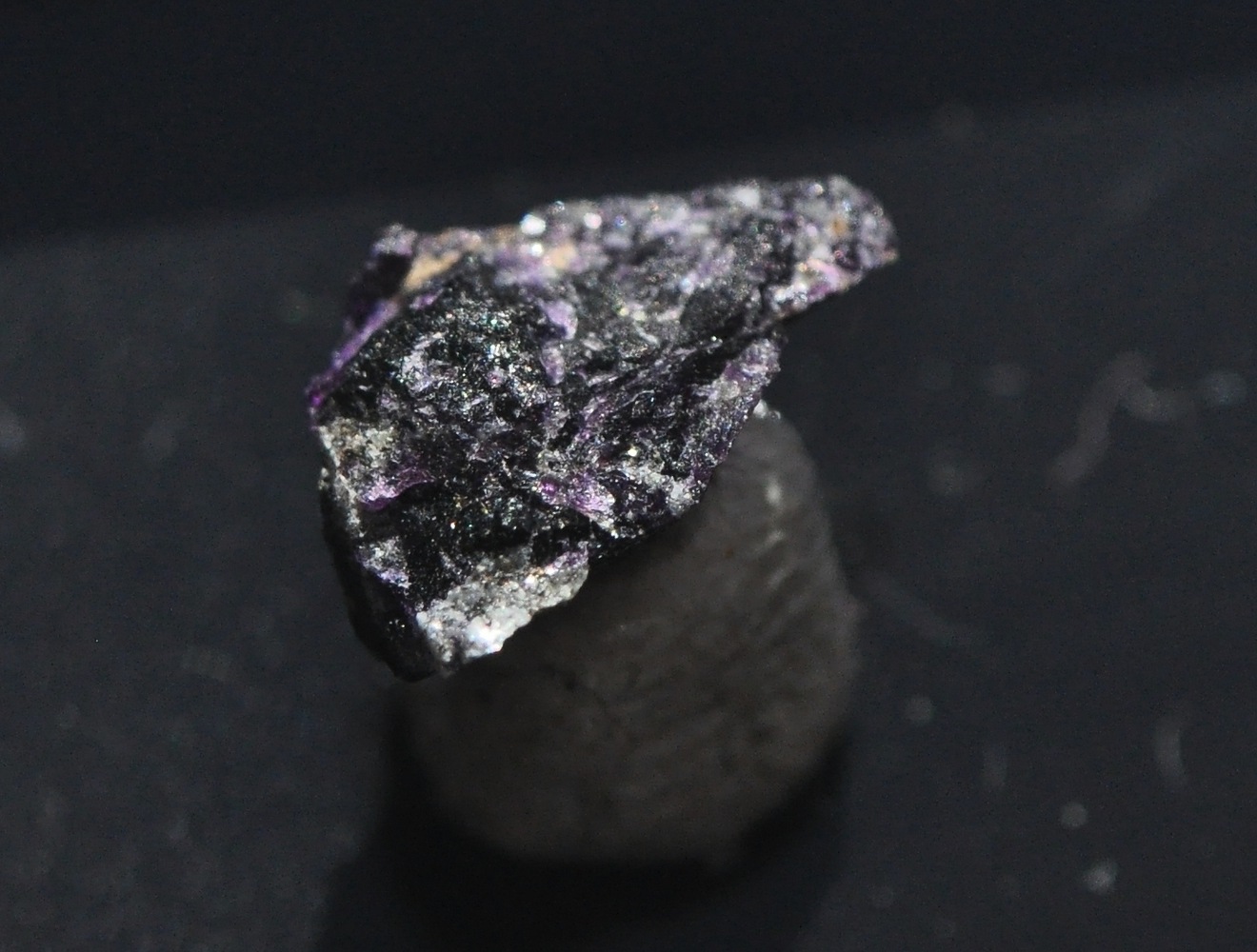
Hepatoblastoma is a rare liver cancer primarily affecting children under five. Despite its rarity, understanding this disease is crucial for early detection and treatment. What causes hepatoblastoma? The exact cause remains unknown, but certain genetic conditions and family history can increase risk. Symptoms often include abdominal swelling, pain, and jaundice. Early diagnosis improves treatment outcomes significantly. This article will provide 50 facts about hepatoblastoma, covering everything from symptoms and risk factors to treatment options and survival rates. Whether you're a concerned parent, a medical student, or just curious, these facts will offer valuable insights into this challenging condition.
Key Takeaways:
- Hepatoblastoma is a rare liver cancer that mostly affects young children. Early detection through symptoms like a swollen abdomen and blood tests for elevated AFP levels is crucial for effective treatment.
- Treatment options for hepatoblastoma include surgery, chemotherapy, and even liver transplantation. The overall survival rate is around 70%, and ongoing research is continuously improving the outlook for patients.
What is Hepatoblastoma?
Hepatoblastoma is a rare liver cancer that primarily affects children. Understanding this disease can help in early detection and treatment. Here are some key facts about hepatoblastoma.
- Hepatoblastoma is the most common liver cancer in children, though it remains rare overall.
- It typically occurs in children under the age of three.
- Boys are slightly more likely to develop hepatoblastoma than girls.
- The exact cause of hepatoblastoma is unknown.
- Genetic conditions like Beckwith-Wiedemann syndrome increase the risk of developing hepatoblastoma.
- Children with familial adenomatous polyposis (FAP) are also at higher risk.
- Premature birth is another risk factor for hepatoblastoma.
- Symptoms often include a swollen abdomen, weight loss, and loss of appetite.
- Jaundice, or yellowing of the skin and eyes, can also be a symptom.
- Blood tests can help diagnose hepatoblastoma by checking for elevated alpha-fetoprotein (AFP) levels.
Diagnosis and Staging
Early diagnosis and accurate staging are crucial for effective treatment. Here are some facts about how hepatoblastoma is diagnosed and staged.
- Ultrasound is often the first imaging test used to detect liver tumors.
- CT scans and MRIs provide detailed images of the liver and surrounding tissues.
- A biopsy is usually required to confirm the diagnosis.
- Staging helps determine the extent of the disease and guides treatment.
- The PRETEXT (Pretreatment Extent of Disease) system is commonly used for staging hepatoblastoma.
- Stage I indicates the tumor is confined to one section of the liver.
- Stage II means the tumor is in one section but has spread to nearby blood vessels.
- Stage III indicates the tumor has spread to multiple sections of the liver.
- Stage IV means the cancer has metastasized to other parts of the body.
- Blood tests, imaging, and biopsies are all used to stage the disease.
Treatment Options
Treatment for hepatoblastoma varies depending on the stage and other factors. Here are some facts about the different treatment options available.
- Surgery is often the first line of treatment for hepatoblastoma.
- Complete surgical removal of the tumor offers the best chance for a cure.
- Chemotherapy is commonly used before and after surgery to shrink the tumor and kill remaining cancer cells.
- Cisplatin is one of the most effective chemotherapy drugs for hepatoblastoma.
- Liver transplantation may be necessary if the tumor cannot be surgically removed.
- Radiation therapy is rarely used but may be considered in certain cases.
- Clinical trials offer access to new and experimental treatments.
- Targeted therapies are being researched as potential treatments for hepatoblastoma.
- Immunotherapy is another area of active research.
- Multidisciplinary teams, including oncologists, surgeons, and radiologists, are essential for effective treatment.
Prognosis and Survival Rates
Understanding the prognosis and survival rates can provide hope and perspective for families dealing with hepatoblastoma. Here are some important facts.
- The overall survival rate for hepatoblastoma is around 70%.
- Early-stage hepatoblastoma has a higher survival rate, often exceeding 90%.
- Advanced-stage hepatoblastoma has a lower survival rate, but treatment advances are improving outcomes.
- The presence of metastasis significantly affects the prognosis.
- Children who undergo complete surgical resection have better survival rates.
- High AFP levels at diagnosis are associated with a poorer prognosis.
- Regular follow-up is crucial for detecting recurrence early.
- Long-term survivors may face late effects from treatment, including hearing loss and kidney damage.
- Psychological support is important for both the child and family.
- Advances in research are continually improving the outlook for hepatoblastoma patients.
Research and Future Directions
Ongoing research is vital for improving the diagnosis, treatment, and prognosis of hepatoblastoma. Here are some facts about current research and future directions.
- Genetic research is helping to identify new risk factors for hepatoblastoma.
- Studies are exploring the role of stem cells in liver cancer development.
- Researchers are investigating new chemotherapy combinations to improve outcomes.
- Advances in imaging technology are aiding in earlier and more accurate diagnosis.
- Personalized medicine approaches are being developed to tailor treatments to individual patients.
- International collaborations are accelerating progress in hepatoblastoma research.
- Patient registries and biobanks are valuable resources for researchers.
- Advocacy groups are raising awareness and funding for hepatoblastoma research.
- New biomarkers are being identified to help predict treatment response.
- The future of hepatoblastoma treatment looks promising with ongoing advancements in medical science.
Final Thoughts on Hepatoblastoma Facts
Hepatoblastoma, a rare liver cancer mostly affecting children, demands awareness. Early detection and treatment significantly improve outcomes. Knowing the symptoms, like abdominal swelling and jaundice, helps in catching it early. Treatments include surgery, chemotherapy, and sometimes liver transplants. Research continues to advance, offering hope for better therapies and survival rates.
Parents and caregivers should stay informed and consult healthcare professionals if they notice unusual symptoms in their children. Support networks and resources are available for families navigating this challenging journey. Understanding the facts about hepatoblastoma empowers families to make informed decisions and seek the best possible care.
Staying updated on medical advancements and maintaining open communication with doctors can make a significant difference. Knowledge truly is power when dealing with such a serious condition. Stay vigilant, stay informed, and support those affected by hepatoblastoma.
Frequently Asked Questions
Was this page helpful?
Our commitment to delivering trustworthy and engaging content is at the heart of what we do. Each fact on our site is contributed by real users like you, bringing a wealth of diverse insights and information. To ensure the highest standards of accuracy and reliability, our dedicated editors meticulously review each submission. This process guarantees that the facts we share are not only fascinating but also credible. Trust in our commitment to quality and authenticity as you explore and learn with us.


